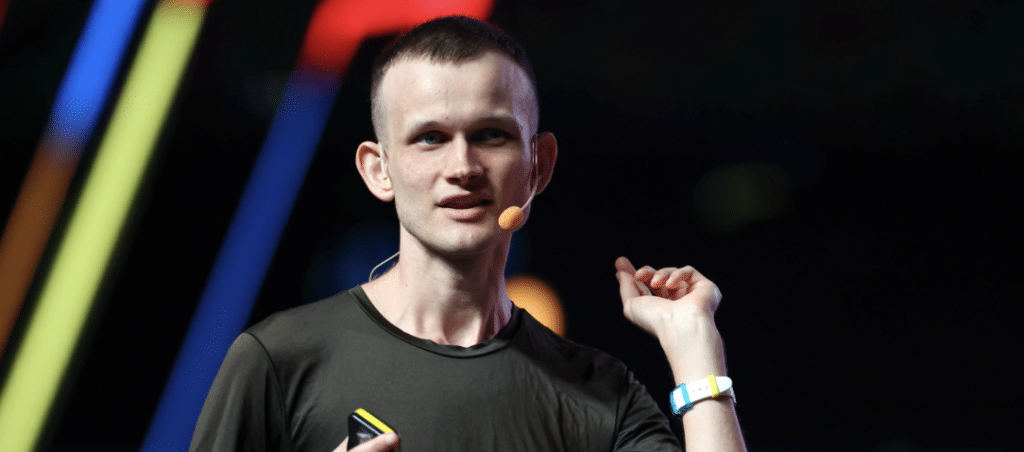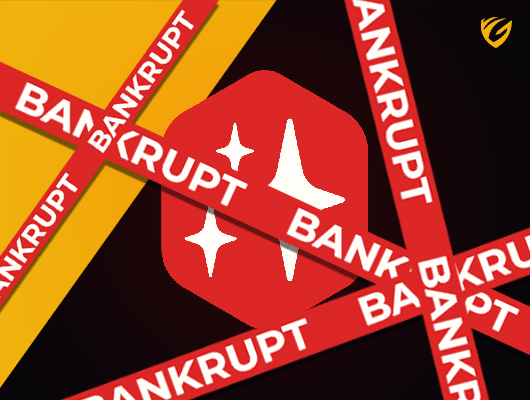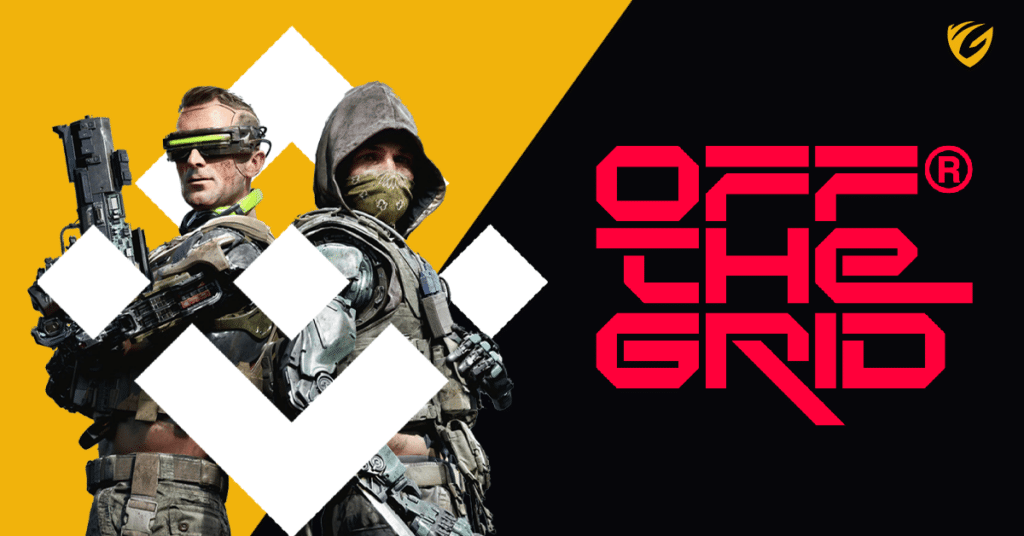Vitalik Buterin Proposes Metrics to Measure ‘Ethereum Alignment’
By YGG News • September 30, 2024
Vitalik Buterin Proposes Metrics to Measure ‘Ethereum Alignment’
In a bid to ensure that projects in the Ethereum ecosystem are working toward a unified vision, Ethereum co-founder Vitalik Buterin has suggested the introduction of metrics to evaluate how aligned projects are with the core values of Ethereum. These proposed measures aim to foster cohesion among Ethereum-based initiatives and prevent the fragmentation of the ecosystem.

The Need for Ethereum Alignment
In his blog post on Sept. 28, 2024, Buterin emphasized that achieving “Ethereum alignment” is one of the most pressing social challenges within the ecosystem. He acknowledged the difficulty of this task due to the diverse nature of the Ethereum community, which includes client teams, developers, researchers, and localized communities. These groups often contribute in different ways, which can lead to projects functioning as “138 incompatible fiefdoms” rather than a cohesive whole. Buterin pointed out the importance of ensuring that all contributors to Ethereum are working collectively to build something that feels unified. The goal is to make sure Ethereum remains one ecosystem, rather than many fragmented ones.
Metrics to Measure Alignment
Buterin’s proposal outlined several potential metrics for measuring alignment:
- Open Source Status
One key metric is how open source a project is. Open-source projects are more secure, as they can be inspected for potential vulnerabilities. Additionally, open code minimizes the risk of proprietary lock-in and allows third-party developers to suggest improvements. - Interoperability
Projects can be rated on how well they interact with others in the ecosystem. For example, applications and wallets could be evaluated based on their compatibility with Ethereum standards like ERCs (Ethereum Request for Comments). - Decentralization and Security
Buterin suggested two tests to evaluate decentralization and security:- Walkaway Test: If the team behind a project were to disappear, would the application still function?
- Insider Attack Test: If the development team were to turn malicious, how much damage could they do to the system?
- Community and Social Impact
Another criterion is how beneficial a project is to the Ethereum community and humanity as a whole. This could involve projects that enhance financial inclusion or create new public funding mechanisms.
Maintaining Credible Neutrality
Buterin emphasized the importance of Ethereum remaining “credibly neutral.” He argued that alignment should not be based on having the right connections or associations. If the success of a project depends on who is backing it, the concept of alignment fails, he said.
Ryan Berckmans, another Ethereum community member, has previously argued that Ethereum projects should limit marketing efforts. He believes excessive marketing could lead to a divided ecosystem, with winners and losers emerging, which would ultimately stifle serious growth. Berckmans warned that such an environment would prevent Ethereum from being adopted by large organizations, including corporations and governments, for critical on-chain activities.
Dependency on Vitalik Buterin
Buterin’s influence in the Ethereum ecosystem cannot be overstated. Cardano founder Charles Hoskinson recently expressed concerns about the Ethereum community’s reliance on Buterin. Hoskinson suggested that the Ethereum ecosystem might struggle without Buterin’s leadership, stating that Buterin is the only person capable of rallying the community and providing a clear roadmap for future developments.
Vitalik Buterin’s proposal for alignment metrics aims to create a more unified Ethereum ecosystem, ensuring that projects work toward common goals. By emphasizing open-source development, interoperability, decentralization, and community benefit, these metrics could help Ethereum avoid fragmentation and maintain its position as a leading decentralized platform.



